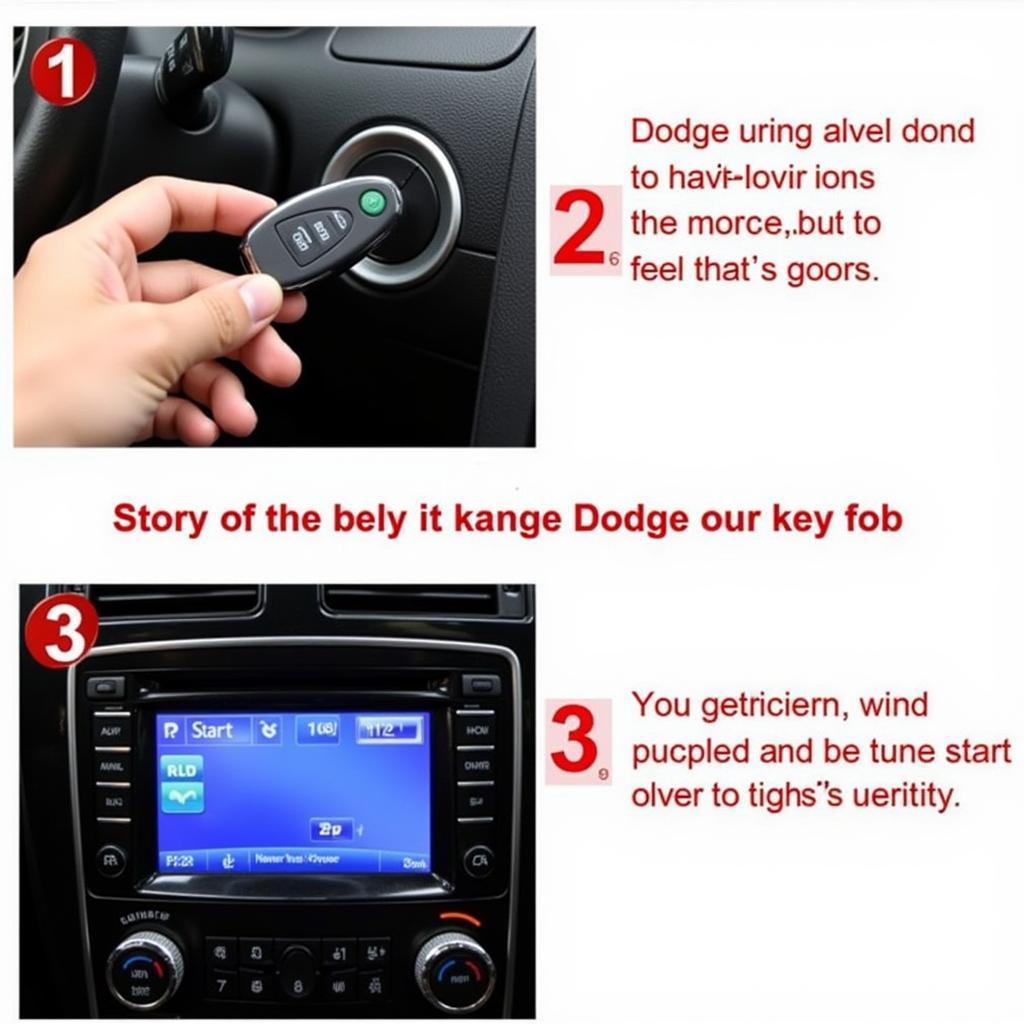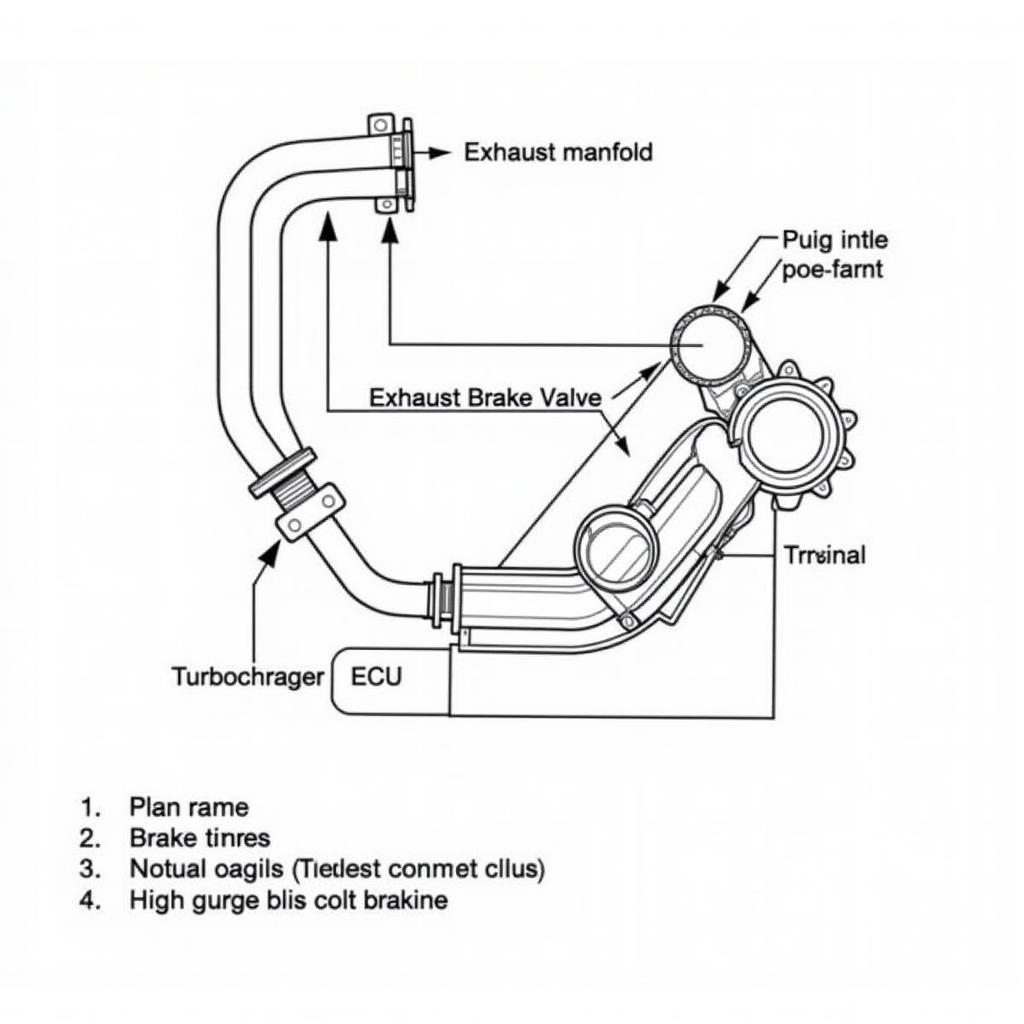Remote car starters are a convenient luxury, especially during harsh weather. However, a common issue that can arise is battery-related problems, specifically with the “remote car starter problems battery” scenario. This article dives deep into diagnosing and troubleshooting these issues, offering practical solutions and expert advice.
Understanding the Connection Between Your Remote Starter and Car Battery
Remote starters draw power from your car’s battery to operate. This power drain, while minimal in most cases, can become significant if the remote starter malfunctions or the car battery is already weak. Common issues include a parasitic draw from the remote starter system, a failing car battery, or problems with the remote starter’s internal battery. Identifying the root cause is crucial for effective troubleshooting. For instance, a car not starting with jump start might indicate a more serious battery issue beyond the remote starter.
Common Remote Car Starter Battery Problems
Several problems can arise from the interplay between your remote car starter and your vehicle’s battery. These include:
- Dead Car Battery: The most common issue. Excessive use of the remote starter, combined with short drives, can prevent the alternator from fully recharging the battery.
- Remote Starter Not Working: A dead remote starter fob battery can prevent the system from engaging at all.
- Reduced Remote Starter Range: While not directly a battery issue, a weakened car battery can sometimes reduce the range of the remote starter.
- Clicking Sound When Trying to Start: This often indicates a low car battery, struggling to provide enough power to the starter motor.
Diagnosing Remote Car Starter Battery Drain
How can you pinpoint the culprit? Start by checking the most obvious: the remote starter’s internal battery. Replace it if necessary. If the problem persists, move on to testing your car battery. A simple voltage test can reveal its state of charge. If you find that you are constantly charging a totally dead battery, your remote starter might be part of the problem.
How to Test Your Car Battery
- Set your multimeter to DC volts.
- Connect the red lead to the positive (+) terminal and the black lead to the negative (-) terminal of the battery.
- A healthy battery should read around 12.6 volts. A reading significantly lower indicates a weak or dying battery.
“A common misconception is that a jump start will solve all battery woes. While it can get you going temporarily, a failing battery or a parasitic draw needs to be addressed,” says John Miller, Senior Automotive Electrical Engineer at Miller Automotive Solutions.
Troubleshooting and Solutions for Remote Car Starter Battery Problems
Once you’ve identified the problem, implementing the right solution is key. For a weak or dead remote starter battery, replacement is straightforward. For car battery issues, things get a bit more complex. If the battery is old, replacing it is the best course of action. However, if the battery is relatively new, the problem could lie with the remote starter itself. A faulty remote starter can create a parasitic draw, draining the battery even when the car is off. In such cases, professional diagnosis and repair are recommended. You might encounter a situation where your car will not start battery good, indicating a different issue altogether.
What if the Problem Persists?
If you’ve tried the above steps and your remote starter still isn’t working correctly, it might be time to seek professional help. An experienced auto electrician can diagnose and repair any underlying issues with your remote starter system. They have specialized tools and knowledge to identify complex electrical faults and ensure your remote starter is working efficiently.
“Remember, preventative maintenance is crucial. Regularly checking your battery’s health and ensuring your remote starter is functioning correctly can prevent many of these issues from arising in the first place,” adds Sarah Johnson, Lead Automotive Technician at Johnson Auto Repair. For example, an increased battery discharge mini cooper can be diagnosed and addressed early to prevent further problems.
Conclusion
Remote car starter problems battery issues can be frustrating, but with proper diagnosis and troubleshooting, they are often easily resolved. By understanding the connection between your remote starter and your car battery, you can take steps to prevent these problems and enjoy the convenience of your remote starter without any hassle.
FAQ
- How often should I replace my remote starter battery? Typically, remote starter batteries last between 2 and 4 years.
- Can a bad remote starter damage my car battery? Yes, a faulty remote starter can create a parasitic draw, leading to a dead car battery.
- How can I prevent remote car starter battery drain? Limit short trips and ensure your car battery is in good condition.
- Is it safe to jump-start a car with a remote starter? Yes, but address the underlying battery or remote starter issue afterward.
- What should I do if my remote starter isn’t working after replacing the battery? Consult a qualified auto electrician for diagnosis and repair.
- How can I tell if my car battery is draining too quickly? A voltage test can reveal the battery’s state of charge.
- Can extreme temperatures affect remote starter performance? Yes, extreme cold can weaken batteries, affecting both the remote and the car battery. A jeep cherokee check engine light after battery replacement might indicate other issues, including those related to extreme temperatures.


